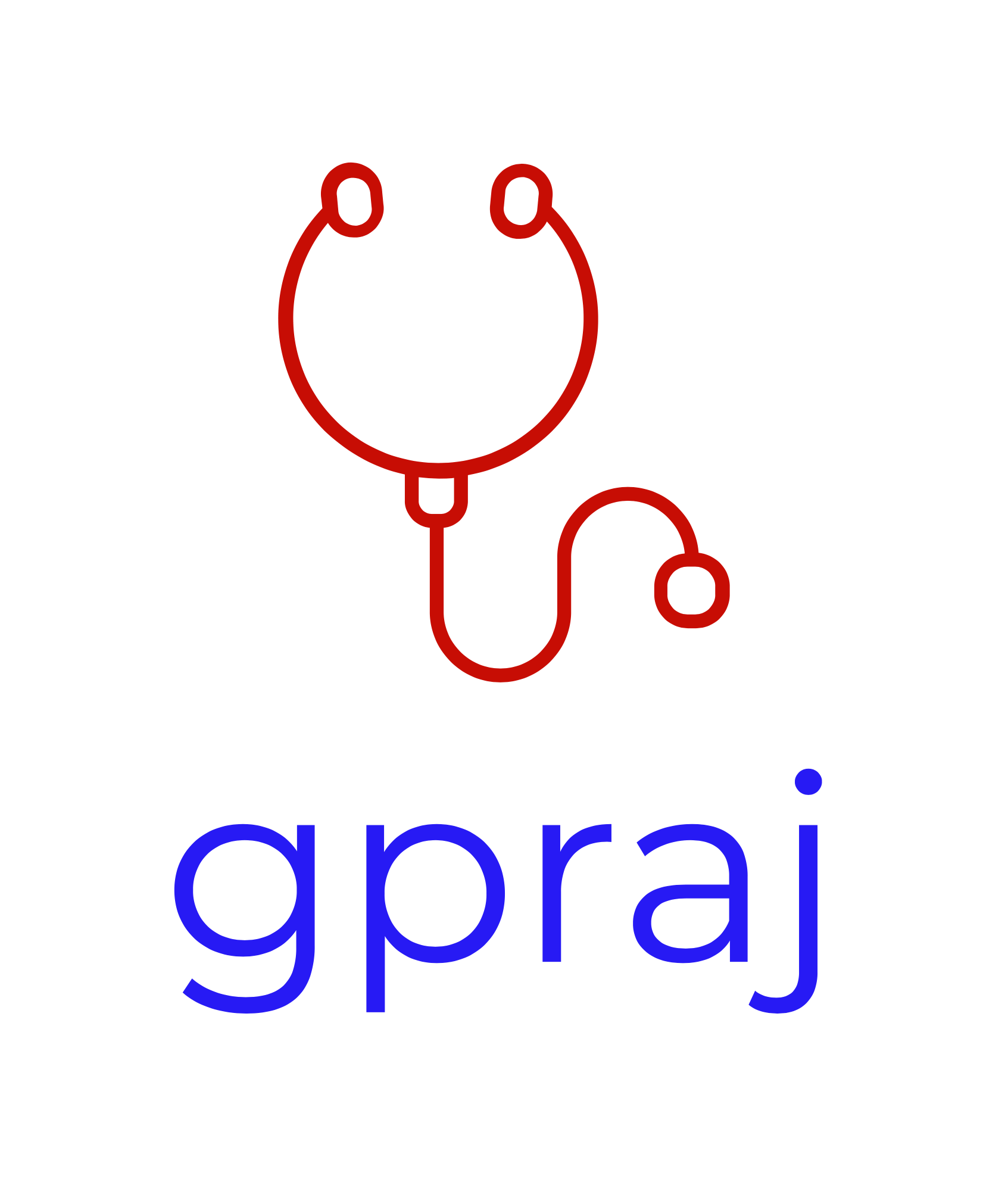Acne
CKS Acne
Definition
Acne vulgaris is a chronic inflammatory skin condition affecting mainly the face, back and chest -
Aetiology
It is characterised by blockage and inflammation of the pilosebaceous unit (the hair follicle, hair shaft and sebaceous gland) in areas of the body with a high density of pilosebaceous glands such as the face, chest and back.
Prevalence
Up to 95% of adolescents in Western industrialized countries are affected by acne to some extent — 20 to 35% develop moderate or severe acne.
Subtypes
Non-inflammatory lesions (comedones)
Inflammatory lesions (papules, pustules and nodules) or a mixture of both.
Complications
skin scarring
post-inflammatory hyperpigmentation or depigmentation
psychosocial problems such as depression and anxiety.
Consider predisposing factors
Look for signs of other disorders that can present with acne such as
hyperandrogenism- may present with irregular periods, androgenic alopecia or hirsutism in women.
Polycystic ovarian syndrome
Drug history — androgens, corticosteroids, isoniazid, ciclosporin and lithium.
Hierarchy of treatment
General measures
To avoid over cleaning the skin (which may cause dryness and irritation) - acne is not caused by poor hygiene.
To use non-comedogenic make-up, cleansers and/or emollients with a pH close to the skin if needed.
To avoid picking and squeezing spots which may increase the risk of scarring.
1st line TOPICAL AGENT(S)
Retinoid (for example adapalene (if not contraindicated) alone
Retinoid PLUS benzoyl peroxide
Topical antibiotic (clindamycin 1%) PLUS benzoyl peroxide
Azelaic acid 20% alone
2nd line SYSTEMIC TREATMENT PLUS TOPICAL AGENT
DAILY ORAL ANTIBIOTIC (lymecycline or doxycycline for 3 months) PLUS TOPICAL retinoid or benzoyl peroxide
or
COC (if not contraindicated) PLUS TOPICAL retinoid or benzoyl peroxide
Co-cyprindiol (Dianette®) OR 3rd generation COC (Marvelon (desogestrel 150 microgram + ethinyloestradiol 30 microgram)
3rd line (Dermatology referral and Dermatologist initiated treatment)
ORAL isotretinoin
Refer to Dermatology
If 2nd line treatment unsuccessful
A severe variant of acne such as acne conglobata or acne fulminans (immediate referral) is suspected.
Acne is severe, there is visible scarring or the person is at risk of scarring or significant hyperpigmentation.
Significant psychological distress is associated with acne, regardless of severity.
There is diagnostic uncertainty.
Treatment follow up
Follow-up should be arranged 8-12 weeks after initiation of each treatment step:
If there has been an adequate response, treatment should be continued for at least 12 weeks.
If acne has cleared or almost cleared, maintenance therapy with topical retinoids (if not contraindicated) or azelaic acid should be considered.
